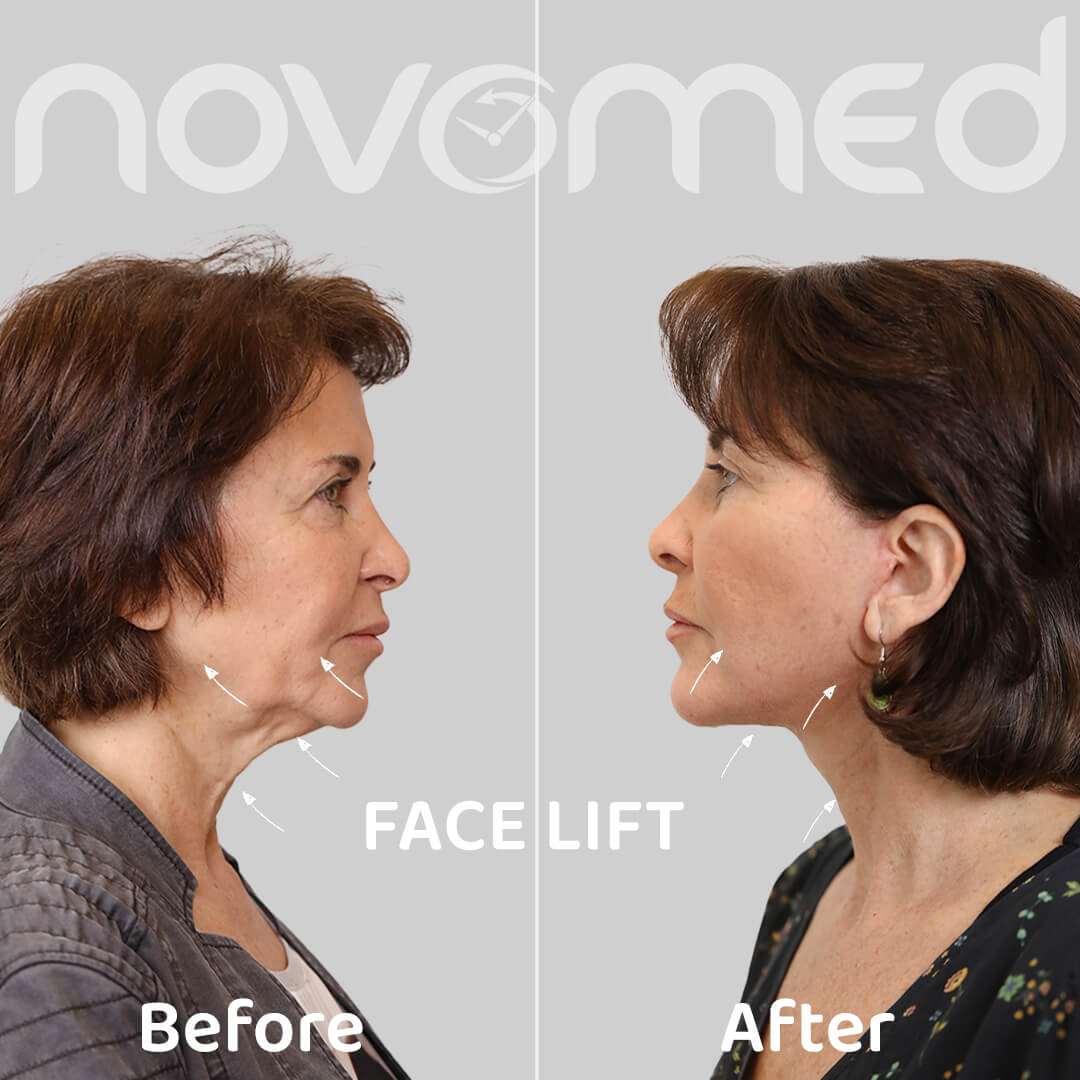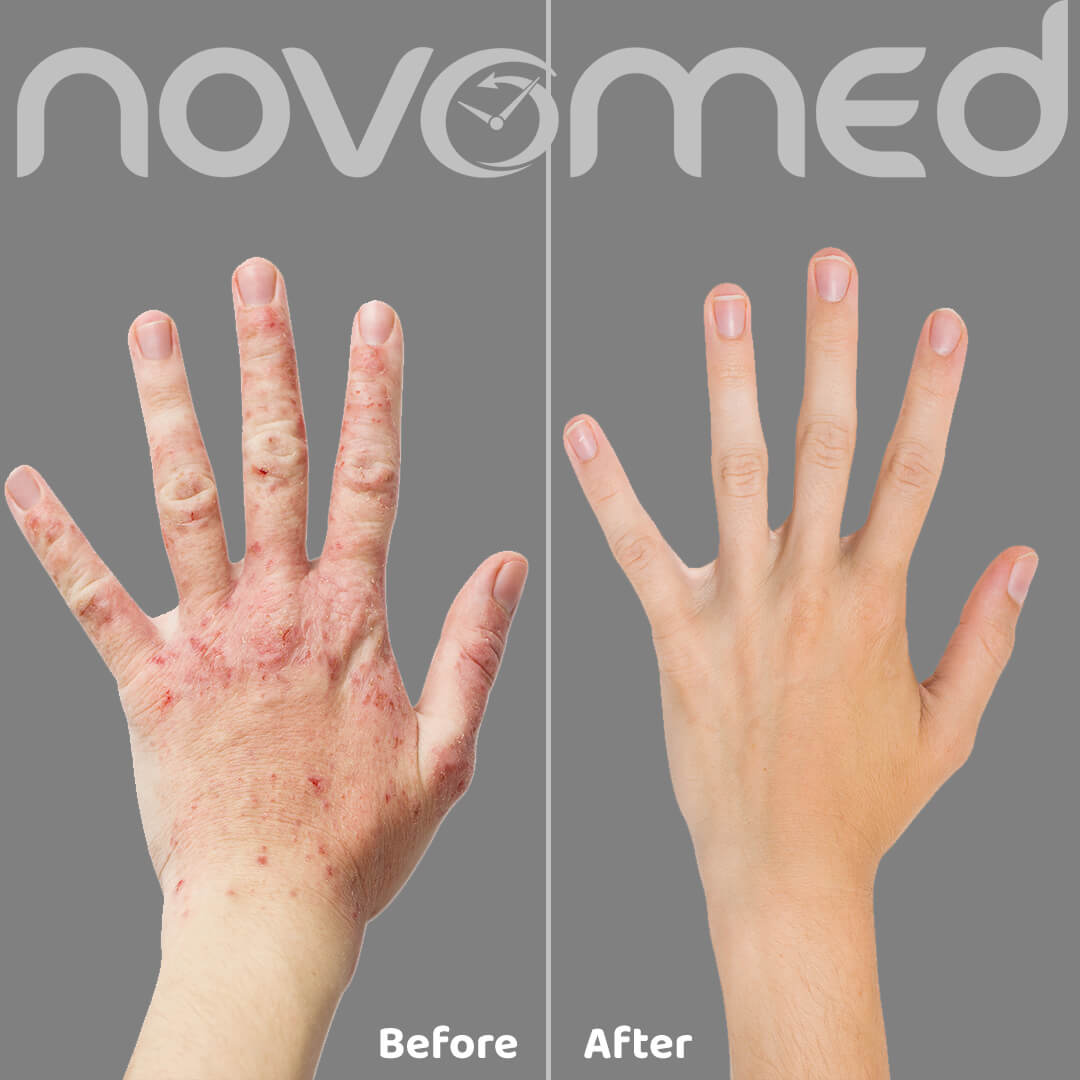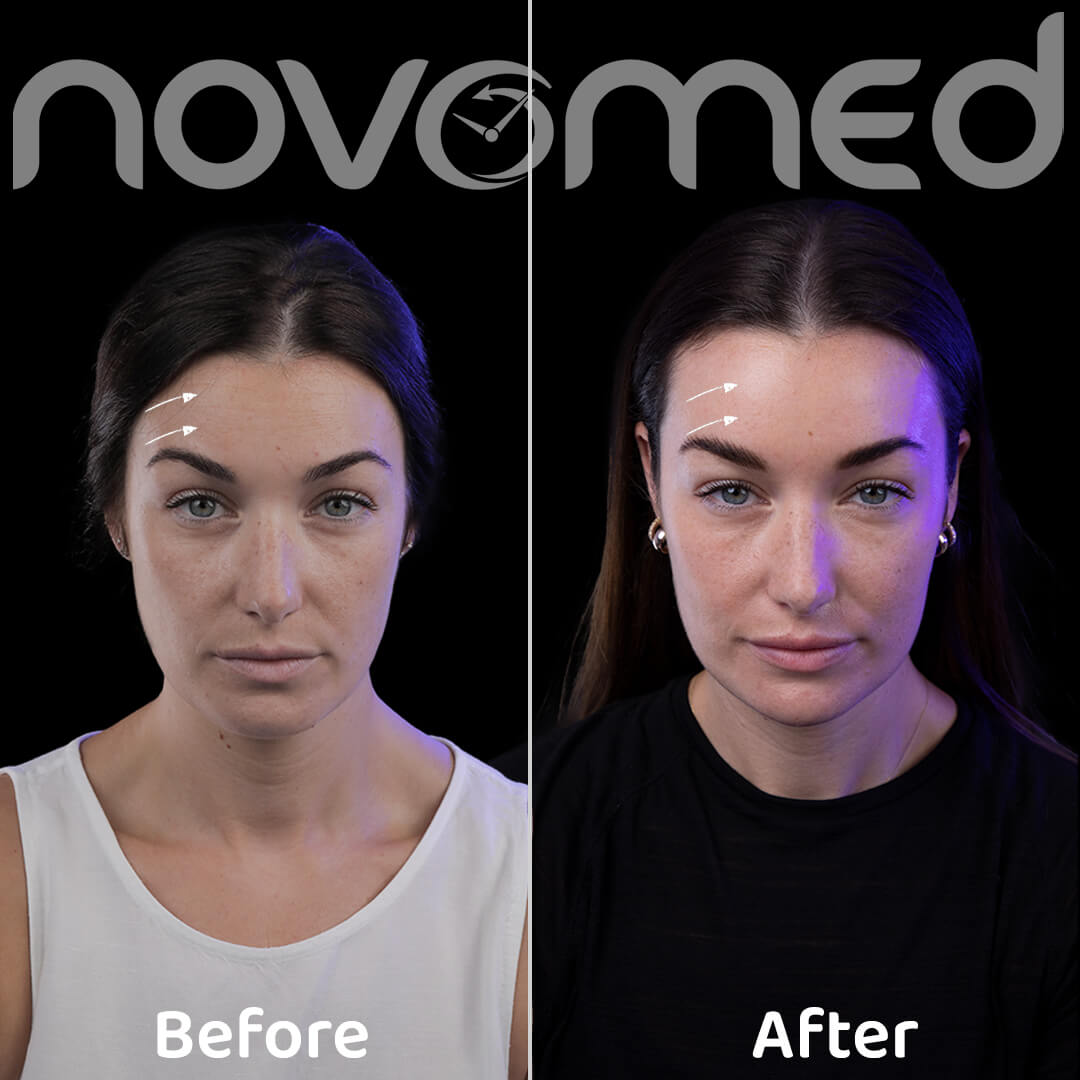Overview
The nasal septum is cartilage that divides the nasal cavity into two and separates them from the nasal airways, which provides adequate airflow. When the septum is punctured, the airflow becomes turbulent or restricted, resulting in symptoms such as trouble breathing, crusting, and others.
This condition is called septal perforation, a hole that affects the cartilaginous septum.
What are the causes of nasal septum perforation?
Perforation may occur as an unintended consequence of earlier nasal surgery, nasal tissue exposure to chemicals, or other nose injuries. Long-term usage of some steroids or other nasal sprays has also been associated with this condition.
- Surgery: septoplasty, rhinoplasty, and sinus surgery can cause perforation.
- Trauma: A perforation can occur due to a new or preexisting nasal fracture caused by an accident or sports injury. These perforations go undiagnosed until symptoms develop and the hole expands.
- Extended use of nasal steroids or decongestants: Certain steroid nasal sprays can irritate the septal mucosa and cause perforation if taken for a prolonged period.
- Excessive and persistent nose-picking.
- Autoimmune conditions: Certain systemic diseases, such as renal disease, vasculitides, and collagen vascular disorders, such as lupus, rheumatoid arthritis, and polychondritis, can predispose to septal perforation.
What are the symptoms of septal perforation?
Patients may experience various painful and distressing symptoms that make daily life more difficult. Individuals can develop one or more of the symptoms listed below, which may require making some lifestyle adjustments to cope with the symptoms.
- Nose crusting: When the hole’s walls are open, crusts form and grow in size as one breathes, necessitating frequent nasal irrigations and many medical visits to clear crusting. Occasionally, the crusts release an unpleasant scent that others can easily smell, yet patients can’t since crusts clog the nostrils.
- Nasal bleeding: The perforation’s sensitive tissue might bleed unexpectedly at the most inconvenient times. Blood loss can be severe if it occurs frequently enough, which may also clog the nasal airway.
- Whistling: The airflow passing through the nose may produce a continuous whistling sound if the perforation is small.
- Breathing difficulty: Large perforation can occasionally disturb the regular nasal circulation and airflow, giving patients the sensation that their noses are not functioning correctly. Normal breathing usually returns when the septal wall is restored, provided that the internal scarring is not extensive.
- Runny Nose (Rhinorrhea): When a septum is punctured, the irregular airflow might cause the internal membranes to dry out. Your nose responds by producing fluids in an attempt to maintain moisture.
How is septal perforation diagnosed and treated?
During the consultation, our otolaryngologist will review your medical history and perform a rhinoscopy or nasal endoscopy to check the size and location of the perforation and determine whether surgery is needed.
Septal perforation repair surgery involves using a tissue graft taken from the patient’s nose or from another body area to patch the septal hole. This procedure is conducted under general anesthesia and frequently uses minimally invasive procedures to lessen post-operative stress and recovery time.
Larger perforations may be more challenging to patch. Such perforations can be fixed with a button-like piece of silicone plastic that snaps together to seal both sides of the hole.
If you are experiencing septal perforation symptoms, make an appointment with one of our highly qualified otolaryngologists in Dubai to learn more about your condition and treatment options.
Book your consultation today by calling toll-free 8006686, filling out the booking form, or clicking the live chat icon at the bottom of the screen.




























